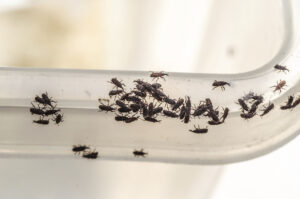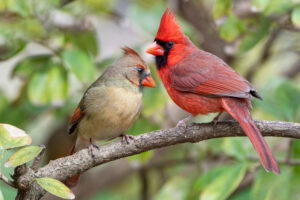
Introduction:
In the intricate dance between flora and sunlight, some flowers have evolved a fascinating adaptation: they open and close their blooms in response to the sun’s rays. This phenomenon, known as nyctinasty, is not only a marvel of nature but also serves various ecological purposes. Let’s explore some of these remarkable flowers and the mechanisms behind their behavior.Also read this some flowers close at night.
Flowers That Open and Close with the Sun: Nature’s Timekeepers
Nature often presents us with marvels that captivate our imagination, and flowers that open and close with the sun are among these wonders. These botanical treasures, known as “heliotropic” or “phototropic” flowers, exhibit a fascinating behavior of responding to sunlight by opening their petals during the day and closing them at night. This rhythmic dance with the sun not only adds a touch of enchantment to gardens but also serves a vital purpose in the flower’s lifecycle and ecosystem.
1.Mimosa pudica (Sensitive Plant)
The Mimosa pudica, commonly known as the sensitive plant, is perhaps one of the most famous examples of nyctinasty. Native to South and Central America, this plant features delicate fern-like leaves that fold inward when touched or exposed to sunlight. The movement is a defense mechanism against potential threats, such as herbivores or strong sunlight. By closing its leaves, the sensitive plant reduces water loss and protects itself from damage, only to reopen them when conditions are favorable.
2.Tulipa spp. (Tulips)
Tulips, renowned for their vibrant colors and elegant blooms, also exhibit nyctinastic behavior, albeit on a subtler scale. While tulips don’t fully close their petals like some other flowers, they do undergo slight movements in response to light and temperature changes. During the day, tulip flowers often open wide to bask in the sunlight, attracting pollinators such as bees and butterflies. As evening approaches or on cloudy days, the petals may partially close, protecting the reproductive organs within from cooler temperatures and potential predators.
3.Hemerocallis spp. (Daylilies)
Daylilies, members of the Hemerocallis genus, are named for their fleeting blooms that typically last only a day. However, their flowers also demonstrate nyctinastic behavior, opening and closing in response to environmental cues. Daylilies often open their flowers wide in the morning to greet the sun, showcasing their vibrant colors and attracting pollinators. As the day progresses and temperatures rise, the petals may begin to close partially, conserving moisture and protecting the reproductive organs. This cyclical opening and closing help ensure successful pollination and seed production.
4.Silene noctiflora (Night-flowering Catchfly)
In contrast to most flowers that open during the day, Silene noctiflora, also known as night-flowering catchfly, exhibits nyctinasty by opening its blooms exclusively at night. Native to Europe and Asia, this plant relies on moths and other nocturnal pollinators for reproduction. As dusk falls, the closed buds of the night-flowering catchfly gradually unfurl, revealing their white, star-shaped flowers and releasing a sweet fragrance to attract night-flying insects. By opening only at night, this flower optimizes its chances of successful pollination and seed dispersal.
5.Oenothera biennis (Evening Primrose)
The evening primrose, or Oenothera biennis, is another example of a flower with nyctinastic behavior, as suggested by its common name. Native to North America, this plant produces bright yellow flowers that open in the evening and remain open throughout the night, attracting nocturnal pollinators such as moths and bats. By opening during the cooler hours of the evening, evening primroses conserve moisture and reduce water loss through transpiration. The flowers typically begin to close as daylight returns, completing their nocturnal cycle until the following evening.
6.Ecological Significance and Adaptations
The nyctinastic behavior observed in these flowers serves several ecological functions. By opening and closing in response to light, temperature, and other environmental cues, these plants can regulate their exposure to sunlight, conserve moisture, and optimize their reproductive success. Additionally, nyctinasty can serve as a defense mechanism against herbivores and unfavorable conditions, helping ensure the survival of the plant and its offspring.
In conclusion, flowers that open and close with the sun, exhibiting nyctinastic behavior, are a testament to the intricate adaptations that have evolved in the plant kingdom. From the sensitive plant’s rapid response to touch to the evening primrose’s nocturnal blooms, these flowers demonstrate nature’s ingenuity in responding to environmental challenges and maximizing reproductive opportunities. Studying and appreciating these fascinating floral adaptations not only enriches our understanding of plant biology but also deepens our appreciation for the interconnectedness of all living organisms in the natural world.






